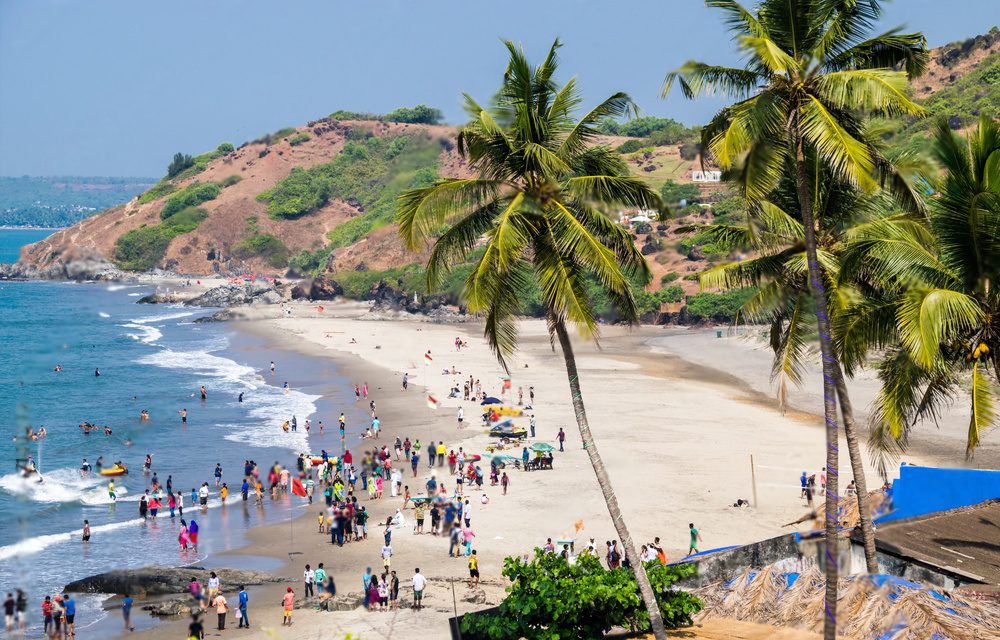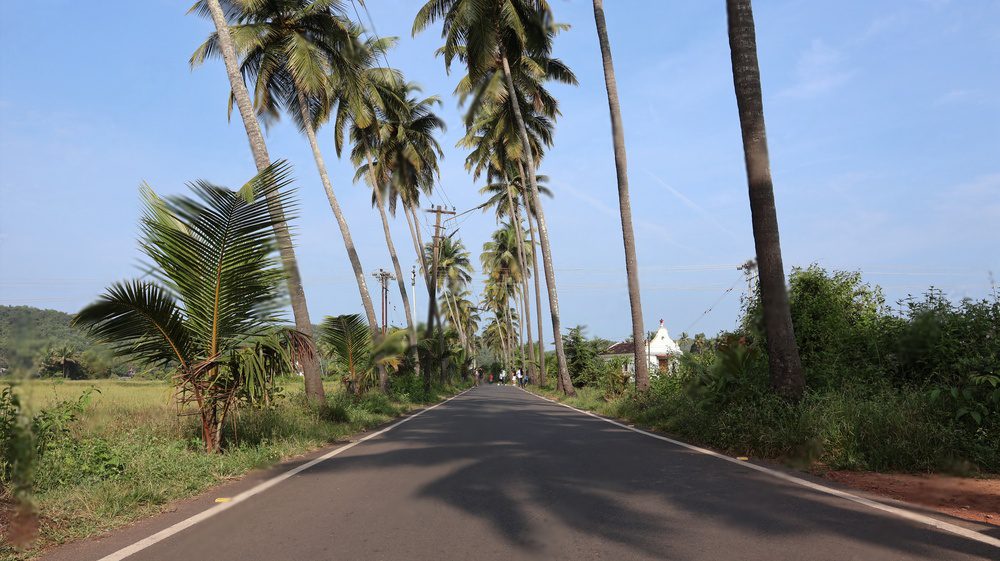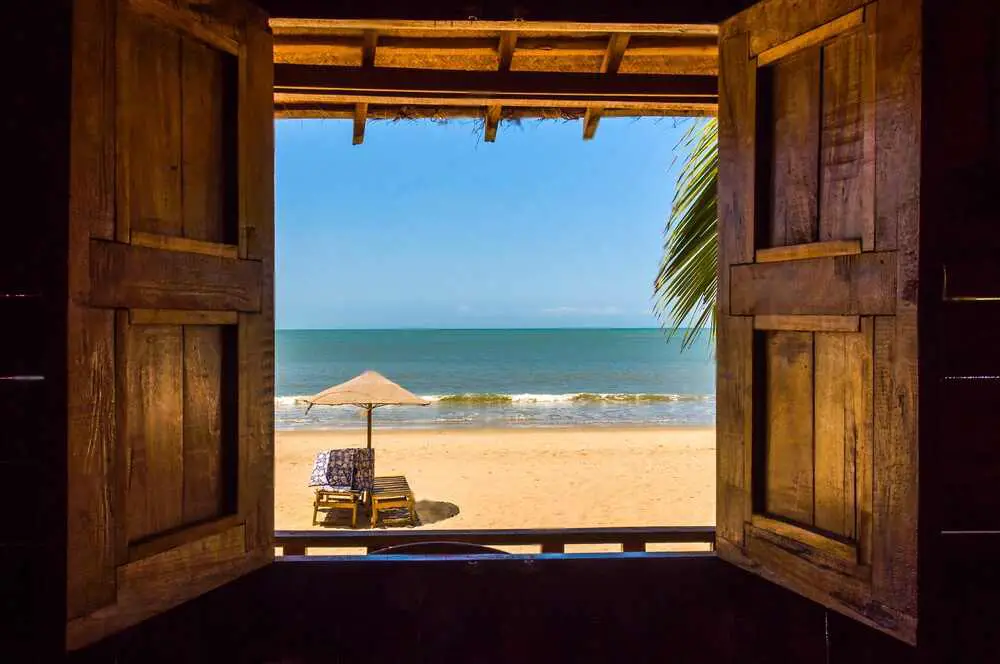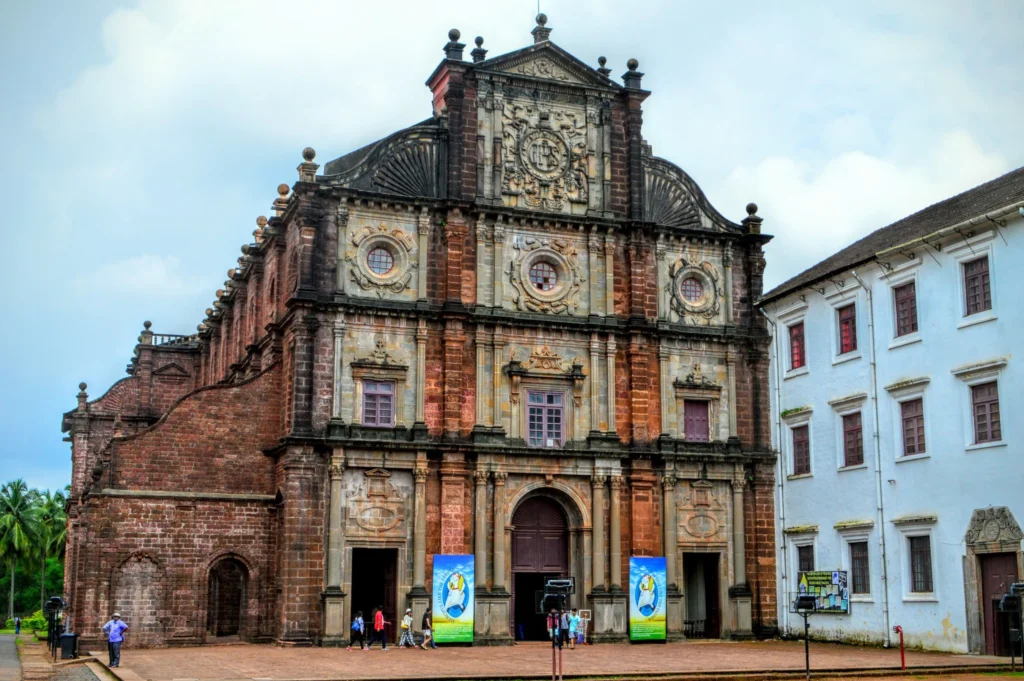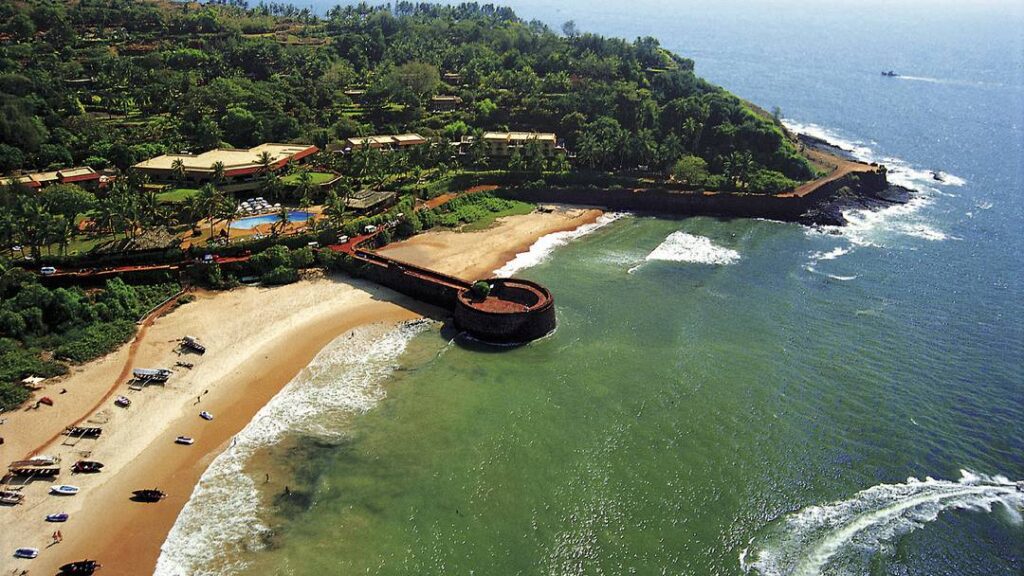Shantiniketan, a cultural gem nestled in West Bengal, beckons travelers seeking serenity and rich heritage. Synonymous with the iconic poet Rabindranath Tagore, this quaint town is where art, literature, and spirituality intertwine. Birthplace of Visva-Bharati University and Tagore’s creative sanctuary, Shantiniketan exudes tranquility and inspiration. Embark on a captivating journey through Shantiniketan’s hidden gems, cherished traditions, and timeless allure. Vivid local festivals and the soulful melodies of Rabindra Sangeet fill the air, echoing Tagore’s vision for a harmonious blend of art, education, and humanity.
How to reach:
Air:
- Nearest Airport: Netaji Subhas Chandra Bose International Airport (CCU) in Kolkata (165 km away).
- Upon arrival, taxis or pre-booked cars can take you on a scenic 3-4 hour journey to Shantiniketan.
Train:
- Shantiniketan has its own station, Prantik Railway Station (PNE), with connections to Kolkata, Howrah, and Bolpur.
- Trains like Shantiniketan Express or Ganadevta Express run regularly from Kolkata to Prantik Station.
- Rickshaws are available for the short trip to Shantiniketan town.
Road:
- A scenic 165 km road trip from Kolkata via NH19 (Kolkata-Delhi Highway) offers beautiful rural Bengal views.
- State-run and private buses provide frequent and affordable transportation between Kolkata and Shantiniketan.
Bus:
- Budget-friendly option for reaching Shantiniketan from Kolkata, Bolpur, and nearby cities.
- Regular bus services allow you to enjoy the West Bengal countryside during your journey.
Best time to visit:
Winter Wonderland (October – March):
- Prime Time: Winter reigns supreme for visiting Shantiniketan.
- Pleasant Weather: Expect cool and comfortable days (10°C – 25°C) ideal for outdoor exploration. Nights can get slightly chilly, perfect for cozy evenings.
- Festive Delights: Immerse yourself in the vibrant cultural scene with events like the Poush Mela, celebrating Bengali traditions in December.
- Activities Galore: Sightseeing, cultural exploration, performances, and outdoor adventures are all at their best during winter.
Summer Siesta (April – June):
- Warm Embrace: Brace yourself for warm and humid weather (25°C – 38°C) during the summer months.
- Manageable Heat: While hot days are present, the town remains enjoyable for those who tolerate the heat.
- Fewer Events: Cultural events and festivals are less frequent, but exploring indoor attractions and the peaceful ambiance is still possible.
- Outdoor Adventures on Hold: High temperatures might limit your enthusiasm for outdoor activities.
Monsoon Magic (July – September):
- Emerald Embrace: Monsoon brings heavy rain and occasional thunderstorms, transforming Shantiniketan into a lush green paradise.
- Outdoor Challenges: Be prepared for potential limitations on outdoor activities due to rain and muddy conditions.
- Travel Cautiously: Roads might be slippery during the monsoon, so plan your excursions carefully.
- A Unique Experience: If you enjoy the rainy season’s tranquility, the monsoon offers a special Shantiniketan experience.
Attractions:
Visva-Bharati University:
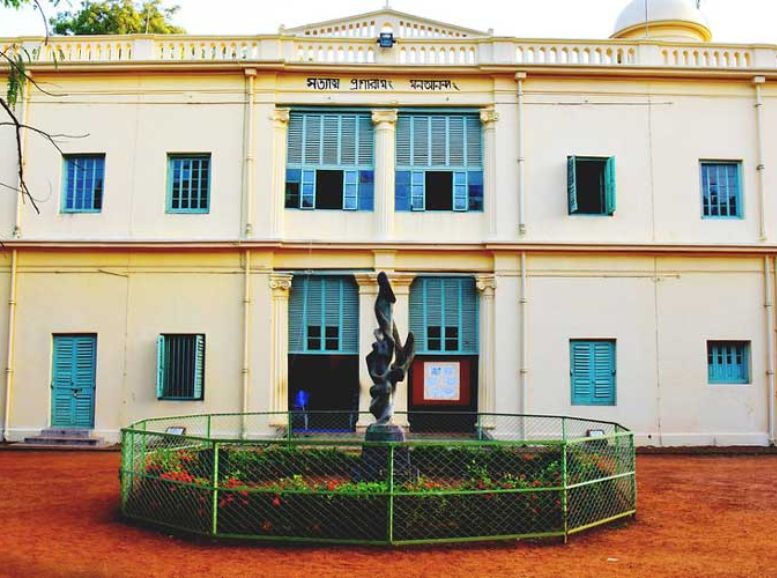

Visva-Bharati University, established in 1921 by Nobel laureate Rabindranath Tagore, embodies his vision of education and cultural exchange. This sprawling university seamlessly blends academic excellence with stunning natural beauty.
Visitors are invited to explore the verdant campus, characterized by lush greenery, rustic architecture, and pathways of red soil. The university buildings, libraries, and student residences themselves reflect Tagore’s emphasis on holistic education and creative expression. Visva-Bharati pulsates with artistic vibrancy and intellectual discourse, hosting a multitude of cultural events like music concerts, dance performances, and theater productions.
Tagore’s Ashram:
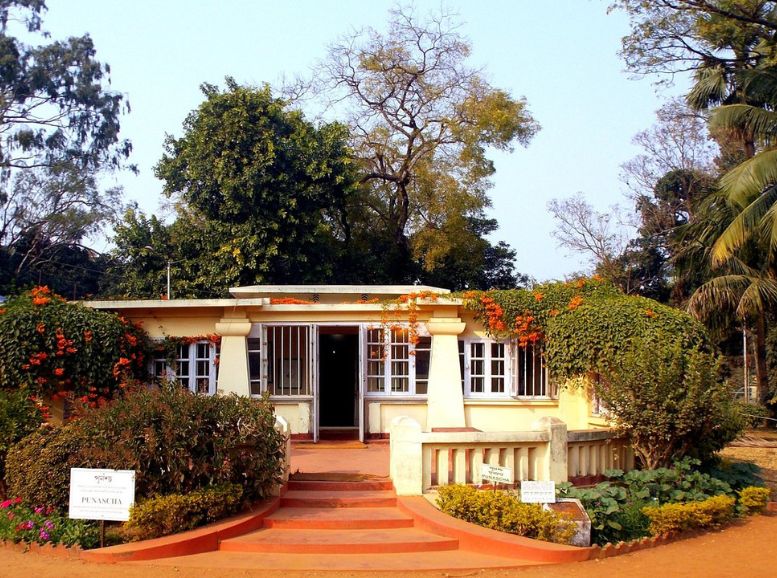

Tucked away in peaceful surroundings, Rabindranath Tagore’s ashram, affectionately called “Santiniketan Bari,” is a poignant tribute to the poet’s life and enduring legacy. Stepping inside feels like a journey through time. Visitors encounter Tagore’s living quarters, personal effects, and cherished mementos, offering a glimpse into his world.
The ashram itself embodies tranquility. Quaint architecture, serene gardens, and memorials dedicated to Tagore and his family members create a calming atmosphere. Explore Tagore’s study, the very space where his literary masterpieces were born. Delve deeper at the museum, which showcases his paintings, manuscripts, and literary works, providing a profound understanding of Tagore’s multifaceted genius.
Kala Bhavana:
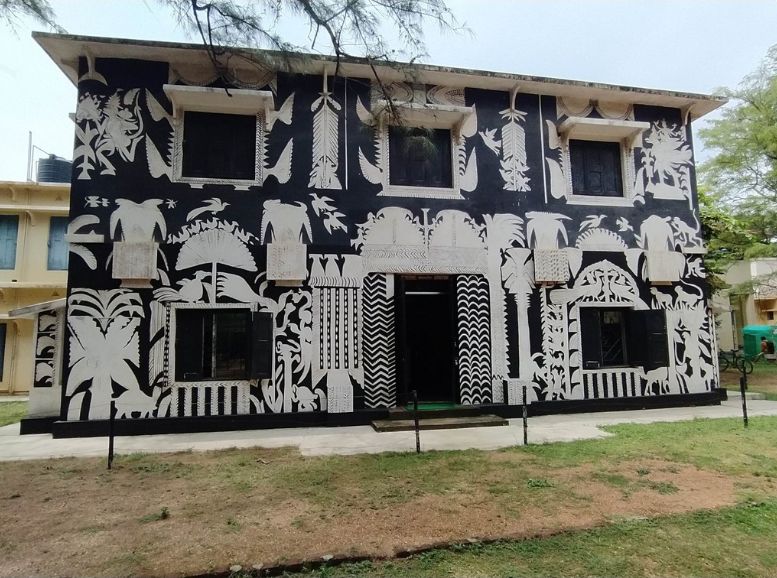

Visva-Bharati University’s Kala Bhavana is more than just an art college; it’s a vibrant hub of artistic exploration. Founded by Rabindranath Tagore himself, this esteemed institution fosters the talents of aspiring artists and celebrates the vast spectrum of Indian art forms, from painting and sculpture to traditional crafts.
The energy here is palpable. Students are deeply engaged in their artistic journeys, experimenting with techniques and mediums to bring their visions to life. Visitors can wander through galleries brimming with captivating works, get a glimpse into the artistic process by interacting with students and faculty, or even participate in workshops and exhibitions. These events showcase the rich tapestry of Indian art and culture, offering a window into the soul of the nation’s artistic heritage.
Rabindra Bhavan Museum:
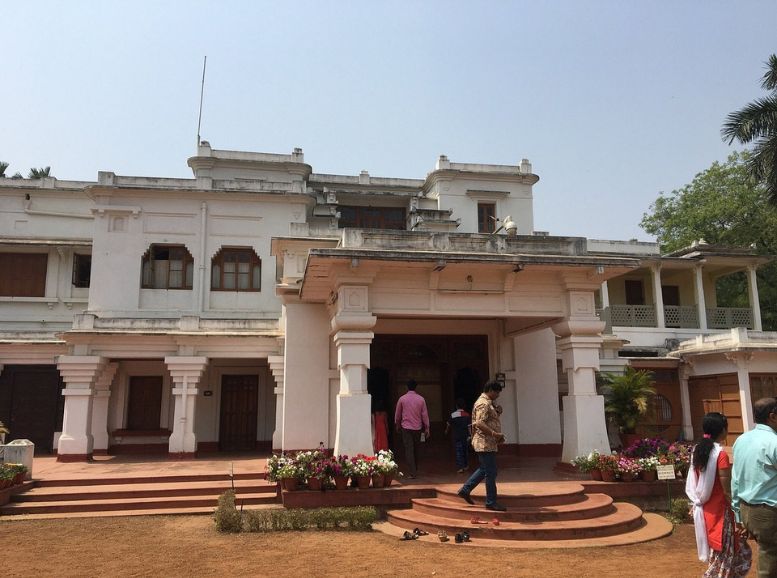

Nestled within Visva-Bharati University, the Rabindra Bhavan Museum stands as a monument to Rabindranath Tagore’s enduring influence on Indian culture and literature. This treasure trove overflows with artifacts, manuscripts, paintings, and personal items that belonged to Tagore and his family. Each meticulously curated exhibit offers a window into Tagore’s life, works, and philosophies.
As you navigate the galleries, you’ll gain a deeper understanding of his profound impact on art, literature, music, and social reform movements. Marvel at Tagore’s literary masterpieces, explore his artistic endeavors, and delve into his visionary ideas. The museum fosters a deeper appreciation for the poet’s timeless contributions that continue to resonate with humanity today.
Amar Kutir, Shantiniketan:
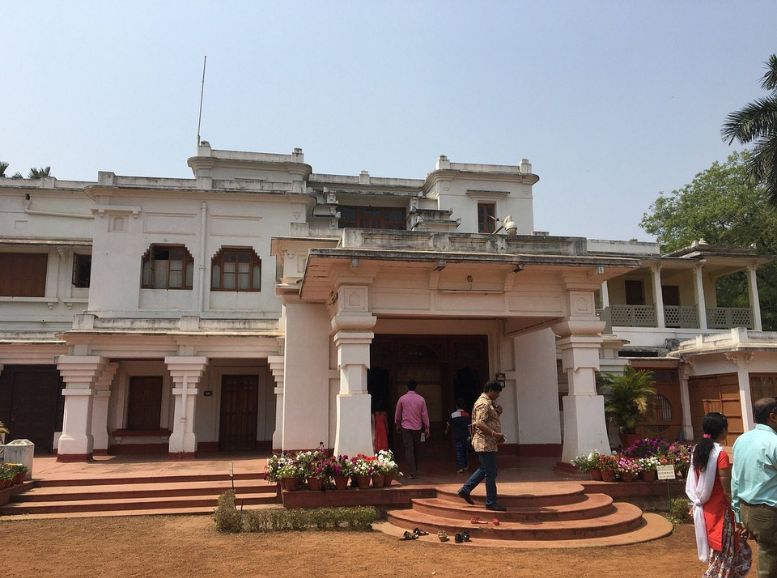

In Shantiniketan, Amar Kutir, meaning “Eternal Cottage,” serves as a cornerstone of rural craftsmanship and sustainable living. This unique cooperative society and handicrafts center empowers local artisans by providing a platform to showcase their traditional skills and heritage crafts.
Visitors are greeted by a delightful collection of handcrafted treasures. Textiles, pottery, jewelry, and wooden artifacts, each imbued with the spirit of skilled craftsmanship and Bengal’s indigenous creativity, fill the space.
Amar Kutir goes beyond a marketplace. They offer workshops and demonstrations, allowing visitors to witness the intricate process of creating these beautiful objects firsthand. Engage with the artisans, learn about their techniques passed down through generations, and gain a deeper appreciation for the rich artistic legacy of Bengal.
Deer Park:
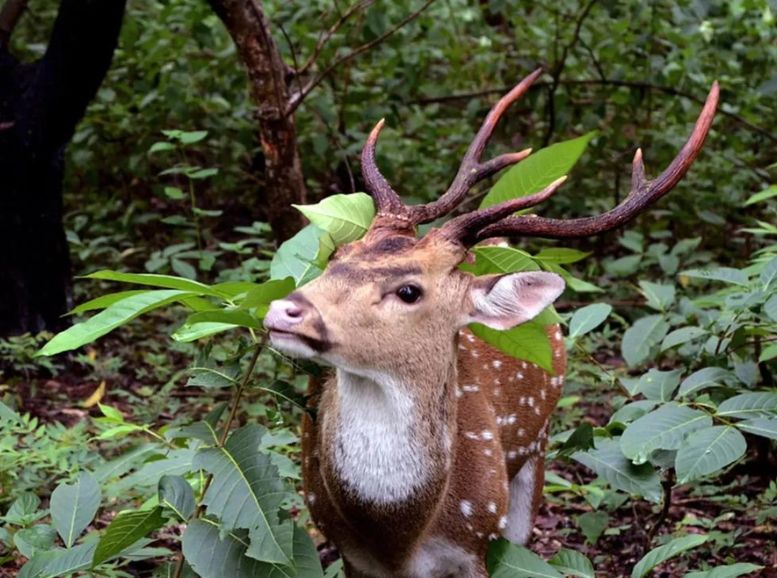

Nestled amidst lush greenery, Shantiniketan’s Deer Park offers a tranquil escape for nature enthusiasts. This idyllic sanctuary, teeming with spotted deer, provides a serene setting for leisurely walks, birdwatching, and picnics in nature’s embrace.
Visitors can meander along shaded paths, inhaling the crisp air and absorbing the park’s peaceful ambiance. The melodic chirping of birds and the graceful movements of deer enhance the park’s charm, creating a haven for reconnecting with nature and rejuvenating the senses.
Local Experiences:
- Witness Tagore’s Legacy: Immerse yourself in captivating performances of Rabindra Sangeet (songs), dance dramas, and poetry recitals inspired by Rabindranath Tagore.
- Folklore Comes Alive: Attend a folk music concert featuring local artists and lose yourself in the soulful melodies of Bengali folk music.
- Unleash Your Creativity: Join a painting, sculpture, or craft-making workshop at Kala Bhavana, the prestigious art college.
- Witness Artisanry in Action: Explore pottery studios, weaving centers, and terracotta workshops to witness traditional crafts being brought to life.
- Become a Bengali Chef: Learn to prepare mouthwatering Bengali dishes like fish curries and sweet cheese balls in a hands-on cooking class.
- Sustainable Living Workshops: Engage in workshops focusing on sustainable agriculture, organic farming practices, or eco-friendly initiatives in rural settings.
- Explore Tribal Villages: Delve into the rich traditions of nearby tribal villages, learning about their customs and enjoying folk music and dance performances.
- Unwind in Nature: Embark on nature trails, traverse through forests, and observe the diverse flora and fauna along the way.
- Explore Heritage Sites: Visit historical landmarks like Ballavpur Rajbari and Sonajhuri Forest to discover the region’s architectural and natural heritage.
- Poush Mela and Beyond: Immerse yourself in the vibrant atmosphere of rural fairs and festivals, including the renowned Poush Mela, showcasing traditional arts, crafts, and cultural performances.
Travel tips:
- Do your research: Line up your accommodation, transportation, and must-see attractions beforehand for a smooth experience.
- Light clothing and comfy shoes: Pack breathable clothing and comfortable footwear for exploring.
- Sun protection: Don’t forget sunscreen, a hat, and sunglasses for sunny days.
- Essentials: Bring insect repellent, any medications you need, and a reusable water bottle to stay hydrated.
- Dress modestly: Be mindful of local customs, especially at religious sites and cultural events.
- Cultural sensitivity: Be respectful of local traditions and avoid behaviors that might be considered offensive.
- Hydration is essential: Drink plenty of water, especially during warmer months.
- Wildlife encounters: Maintain a safe distance from animals in nature trails and sanctuaries.
- Stay connected: Have a charged phone with local emergency contacts saved. Consider a local SIM card for communication and internet access.
- Minimize your footprint: Dispose of waste responsibly and avoid littering. Respect the natural beauty of Shantiniketan.
- Stay informed: Check weather forecasts and local news, especially during monsoon season.
- Safe transportation: Use reliable transportation services and be cautious at night.
- Security: Keep valuables secure and be aware of your surroundings.
- Explore responsibly: Follow guidelines at heritage sites and natural attractions. Respect the sanctity of sacred places.
- Connect with locals: Engage in conversations, learn about their culture, and appreciate their hospitality.
- Be flexible: Go with the flow! Embrace unexpected changes and approach challenges with a positive attitude.
Conclusion
Shantiniketan, West Bengal, transcends a typical destination. Steeped in Rabindranath Tagore’s legacy, it offers a unique tapestry. Here, soulful Rabindra Sangeet fills the air, while the verdant Deer Park and historic sites beckon exploration. Vibrant villages brim with local artisans ready to share their crafts. Revered institutions like Visva-Bharati University stand alongside the tranquil Santiniketan Bari ashram, each corner radiating serenity, creativity, and Tagore’s timeless ideals. Shantiniketan isn’t just a place to visit; it’s a sanctuary for the soul, where art, nature, and spirituality intertwine. Plan your unforgettable journey today at Xplro.com.
FAQs
- What is Shantiniketan known for?
- Shantiniketan is celebrated as the home of Nobel laureate Rabindranath Tagore and the birthplace of Visva-Bharati University. It is renowned for its vibrant cultural scene, artistic heritage, and serene atmosphere.
- What is the distance between Shantiniketan and Kolkata?
- Shantiniketan is situated approximately 165 kilometers away from Kolkata, the capital city of West Bengal. Traveling by road typically takes around 3-4 hours.
- When is the ideal time to visit Shantiniketan?
- The best time to explore Shantiniketan is during the winter months, spanning from October to March. This period offers pleasant weather and hosts various cultural events and festivals.
- What are the must-see attractions in Shantiniketan?
- Key attractions in Shantiniketan include Visva-Bharati University, Tagore’s Ashram, Kala Bhavana, Amar Kutir, and the Deer Park, among others.
- How can I travel to Shantiniketan from Kolkata?
- Shantiniketan can be reached from Kolkata via road, rail, or air. The most common mode of transportation is by road, using private vehicles, taxis, or state-run buses.
- What are the prominent cultural festivals in Shantiniketan?
- Shantiniketan hosts various cultural festivals throughout the year, including the renowned Poush Mela, Basanta Utsav (Holi celebrations), and diverse music and dance festivals.
- Is Shantiniketan suitable for a family holiday?
- Yes, Shantiniketan offers a wide range of activities suitable for families, blending cultural, educational, and recreational experiences for all age groups.
- Are lodging options available in Shantiniketan?
- Yes, Shantiniketan provides diverse lodging options, including hotels, guesthouses, homestays, and resorts, catering to different preferences and budgets.
- What are some unique experiences to try in Shantiniketan?
- Unique experiences in Shantiniketan include pottery workshops, exploration of tribal villages, and engagement in rural farming activities.
- Is photography allowed in cultural institutions of Shantiniketan?
- Photography policies may vary across institutions. Visitors are advised to inquire about photography permissions at each venue before capturing images or videos.
- What dining options are available in Shantiniketan?
- Shantiniketan boasts a variety of dining choices, offering local Bengali cuisine, North Indian delicacies, and international dishes. Roadside eateries and cafes also serve snacks and beverages.
- Is it advisable to book accommodations in advance in Shantiniketan?
- During peak tourist seasons and festivals, advance booking of accommodations is recommended to ensure availability and secure preferred choices. However, off-peak periods may offer more flexibility for spontaneous travelers.
